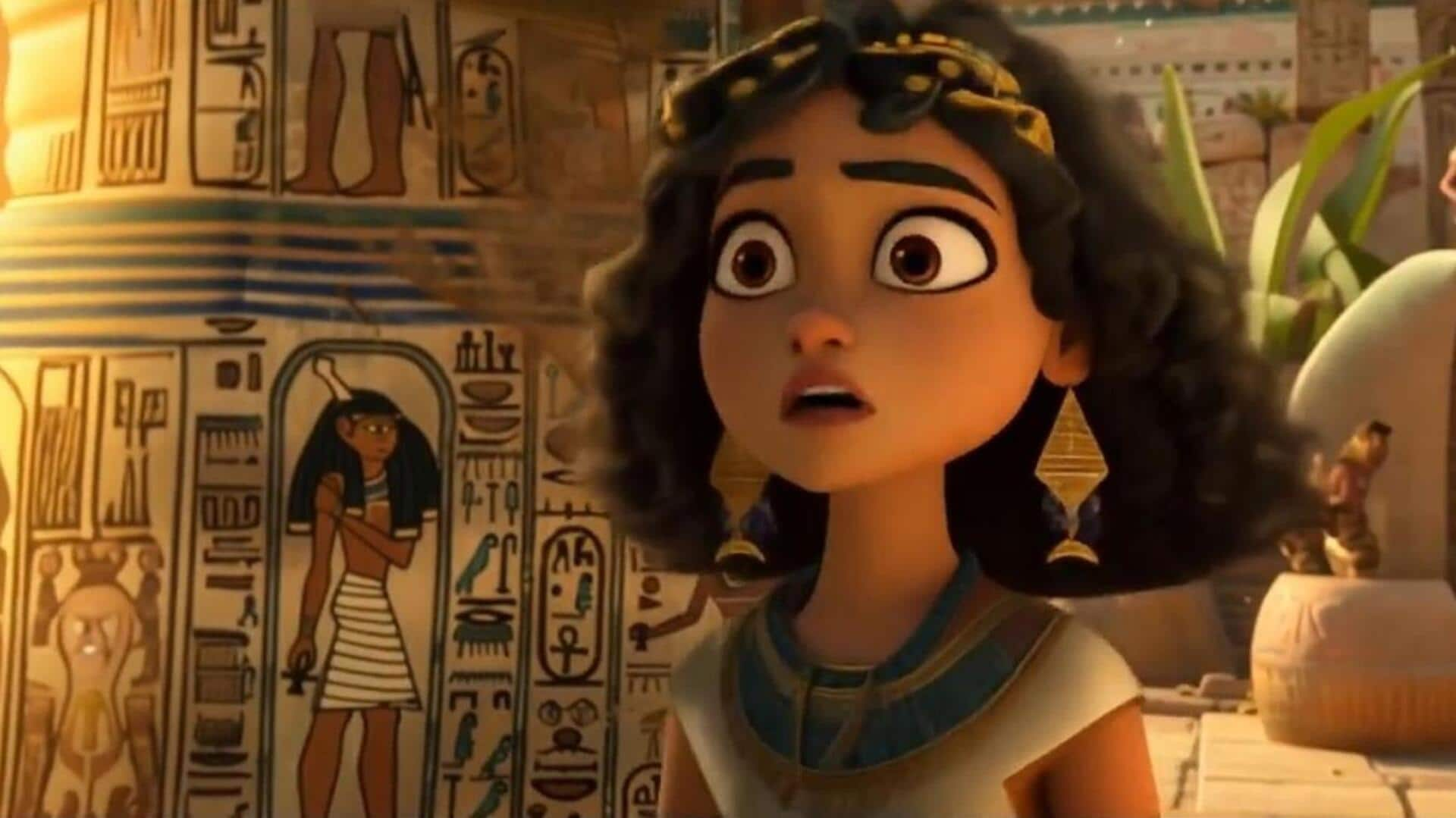
AI-generated Pixar-style animation goes viral: Here's why
What's the story
A Pixar-style animation clip featuring an ancient Egyptian girl has taken the internet by storm this week. The clip was entirely generated by artificial intelligence (AI), marking a significant milestone in the field of AI video. The short, silent animation was released by Los Angeles-based director and photographer Ellenor Argyropoulos on X, where it quickly garnered 7.5 million views in just a few days.
Director's response
Director's reaction to AI-generated animation
Argyropoulos expressed her amazement at the results of the AI-generated video on her social media account, stating, "I am absolutely BLOWN AWAY." She revealed that she first created a picture using various techniques, including hand drawings, and then used tech firm Luma's AI video generator, Dream Machine, to animate the image. The result was a clip that wouldn't look out of place in a Pixar or DreamWorks kid's movie.
Twitter Post
Take a look at the animation
I am absolutely BLOWN AWAY @LumaLabsAIpic.twitter.com/8gVL6cnkI2
— Ellenor Argyropoulos (@_Ellenor) June 12, 2024
About the tech
Luma's Dream Machine: A game-changer in AI animation?
Luma's website claims that Dream Machine is capable of creating "physically accurate, consistent and eventful shots" with "great character consistency and accurate physics." It can also respond to text-to-video prompts like OpenAI's Sora. Despite the praise for the video, there were also criticisms from traditionalists and concerns from artists, about the potential impact of such technology on their careers.
Apprehensions
Concerns and fears in the animation industry
One artist responded to the video with concern, stating, "This is horrifying. I have never felt such little hope in becoming an animator. This genuinely breaks me, I hope this never ever picks up traction." This sentiment reflects fears within the animation industry, which has already been hit hard by layoffs due to economic issues in streaming and mergers between media firms like WarnerMedia and Discovery.
Job loss fears
AI's potential impact on animation jobs
While generative AI is not yet a mainstream tool in animation, many predict it could lead to job losses in the future. However, there are still hurdles to overcome, including copyright issues and the need for human intervention in post-production, due to the models producing unworkable and strange outputs. Despite these challenges, the viral Pixar-style animation video suggests that these could be technical problems that machine learning engineers would overcome soon.